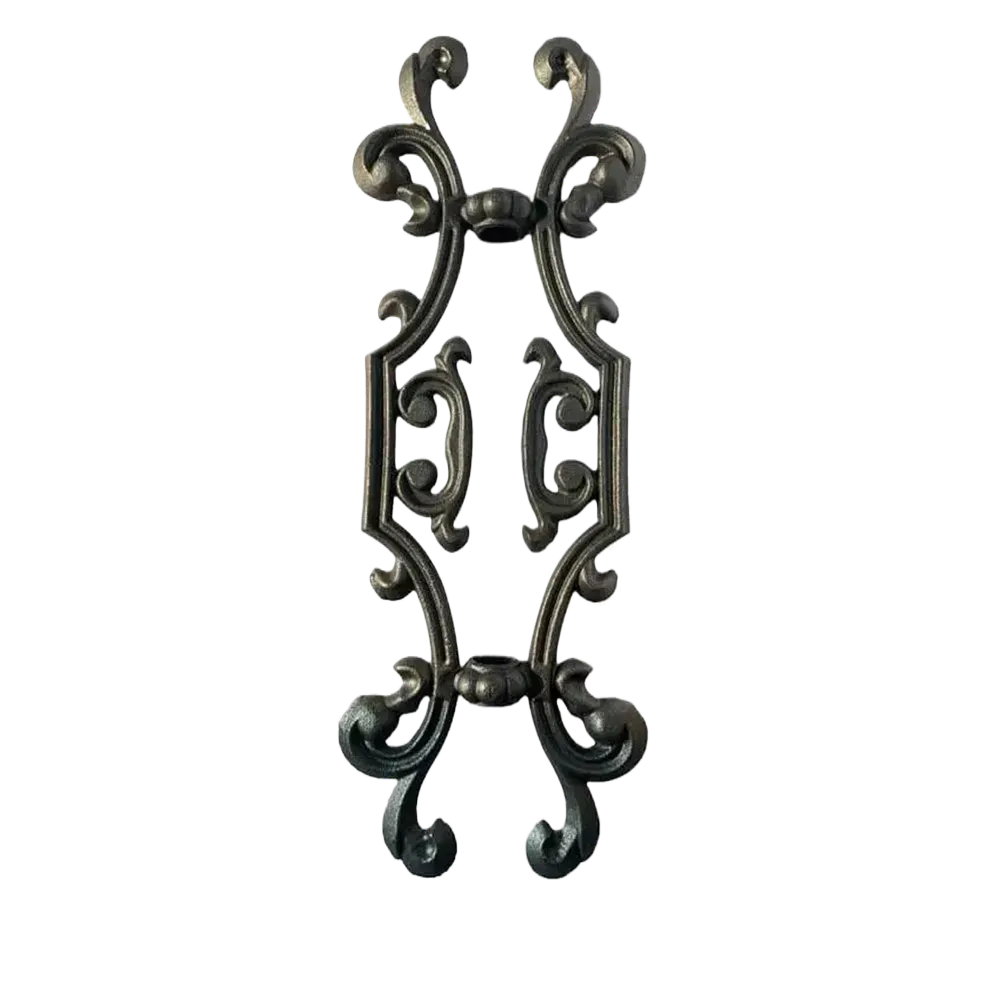iron casting
The Art and Science of Iron Casting
Iron casting is a time-honored method of shaping metal that has been utilized for centuries. This process, which involves pouring molten iron into a mold to create a desired shape, is integral to various industries today, from automotive to construction. The age-old craft of iron casting melds artistry with engineering, producing everything from intricate sculptures to robust machine components.
Historical Context
Iron has been used in casting since ancient times, with the earliest known castings dating back to the 5th century BC in China. The process evolved considerably over the following centuries, particularly during the Industrial Revolution when advancements in technology enabled the mass production of iron castings. Foundries sprang up, transforming raw iron into useful objects, and driving significant economic growth.
The Casting Process
The iron casting process generally begins with pattern making. A pattern, which is a replica of the final product, is created, usually from wood, metal, or plastic. The pattern is then placed in a sand mold, which is formed by compacting sand around the pattern. The mold is then prepared with a pouring system that allows for the molten iron to fill the cavity.
Next comes the melting of the iron. This is typically done in a furnace, where scrap iron or pig iron is heated until it reaches a liquid state, usually around 1,500 degrees Celsius. Once the iron is molten, it is carefully poured into the mold. The cooling process begins immediately, and as the metal cools, it solidifies into the shape of the mold. The duration of this process depends on the thickness of the casting and the type of iron used.
After the iron has cooled and solidified, the mold is broken away to reveal the cast piece. The final step involves finishing operations, such as grinding, machining, or coating, to ensure that the casting meets the necessary specifications and surface finish.
Types of Iron Castings
iron casting

There are several types of iron castings, each with unique properties and applications. The most common forms of iron used in casting include gray iron, ductile iron, and white iron.
- Gray Iron Known for its excellent machinability and wear resistance, gray iron is often used in automotive components, engine blocks, and various machinery parts. - Ductile Iron Also known as spheroidal graphite iron, ductile iron is prized for its strength and toughness, making it suitable for applications such as pipes, gears, and automotive applications. - White Iron This type of iron is very hard and is typically used for wear-resistant applications, such as railway crossings or grinding media.
Applications
Iron casting has widespread applications across various sectors. In the automotive industry, cast iron is commonly used for engine blocks, cylinder heads, and brake discs due to its strength and heat resistance. In construction, cast iron components like manhole covers, decorative stairs, and railings are often employed for their durability and aesthetic appeal. Moreover, cast iron is a preferred material for cookware, with cast iron skillets and Dutch ovens being valued for their heat retention and cooking properties.
Environmental Considerations
As industries evolve, so do their practices, and iron casting is no exception. Modern foundries are increasingly focusing on sustainability and reducing their environmental impact. This includes recycling scrap iron, utilizing cleaner production processes, and researching alternative materials to reduce emissions and energy consumption.
Conclusion
Iron casting is more than just a manufacturing process; it is a blend of art and engineering that has stood the test of time. As technology advances, the methods and materials used in iron casting continue to evolve, ensuring that this ancient craft remains relevant in our modern world. Whether creating essential components for machinery or beautiful sculptures, the legacy of iron casting is poised to continue for generations to come.
-
Wrought Iron Components: Timeless Elegance and Structural StrengthNewsJul.28,2025
-
Window Hardware Essentials: Rollers, Handles, and Locking SolutionsNewsJul.28,2025
-
Small Agricultural Processing Machines: Corn Threshers, Cassava Chippers, Grain Peelers & Chaff CuttersNewsJul.28,2025
-
Sliding Rollers: Smooth, Silent, and Built to LastNewsJul.28,2025
-
Cast Iron Stoves: Timeless Heating with Modern EfficiencyNewsJul.28,2025
-
Cast Iron Pipe and Fitting: Durable, Fire-Resistant Solutions for Plumbing and DrainageNewsJul.28,2025
-
 Wrought Iron Components: Timeless Elegance and Structural StrengthJul-28-2025Wrought Iron Components: Timeless Elegance and Structural Strength
Wrought Iron Components: Timeless Elegance and Structural StrengthJul-28-2025Wrought Iron Components: Timeless Elegance and Structural Strength -
 Window Hardware Essentials: Rollers, Handles, and Locking SolutionsJul-28-2025Window Hardware Essentials: Rollers, Handles, and Locking Solutions
Window Hardware Essentials: Rollers, Handles, and Locking SolutionsJul-28-2025Window Hardware Essentials: Rollers, Handles, and Locking Solutions -
 Small Agricultural Processing Machines: Corn Threshers, Cassava Chippers, Grain Peelers & Chaff CuttersJul-28-2025Small Agricultural Processing Machines: Corn Threshers, Cassava Chippers, Grain Peelers & Chaff Cutters
Small Agricultural Processing Machines: Corn Threshers, Cassava Chippers, Grain Peelers & Chaff CuttersJul-28-2025Small Agricultural Processing Machines: Corn Threshers, Cassava Chippers, Grain Peelers & Chaff Cutters












